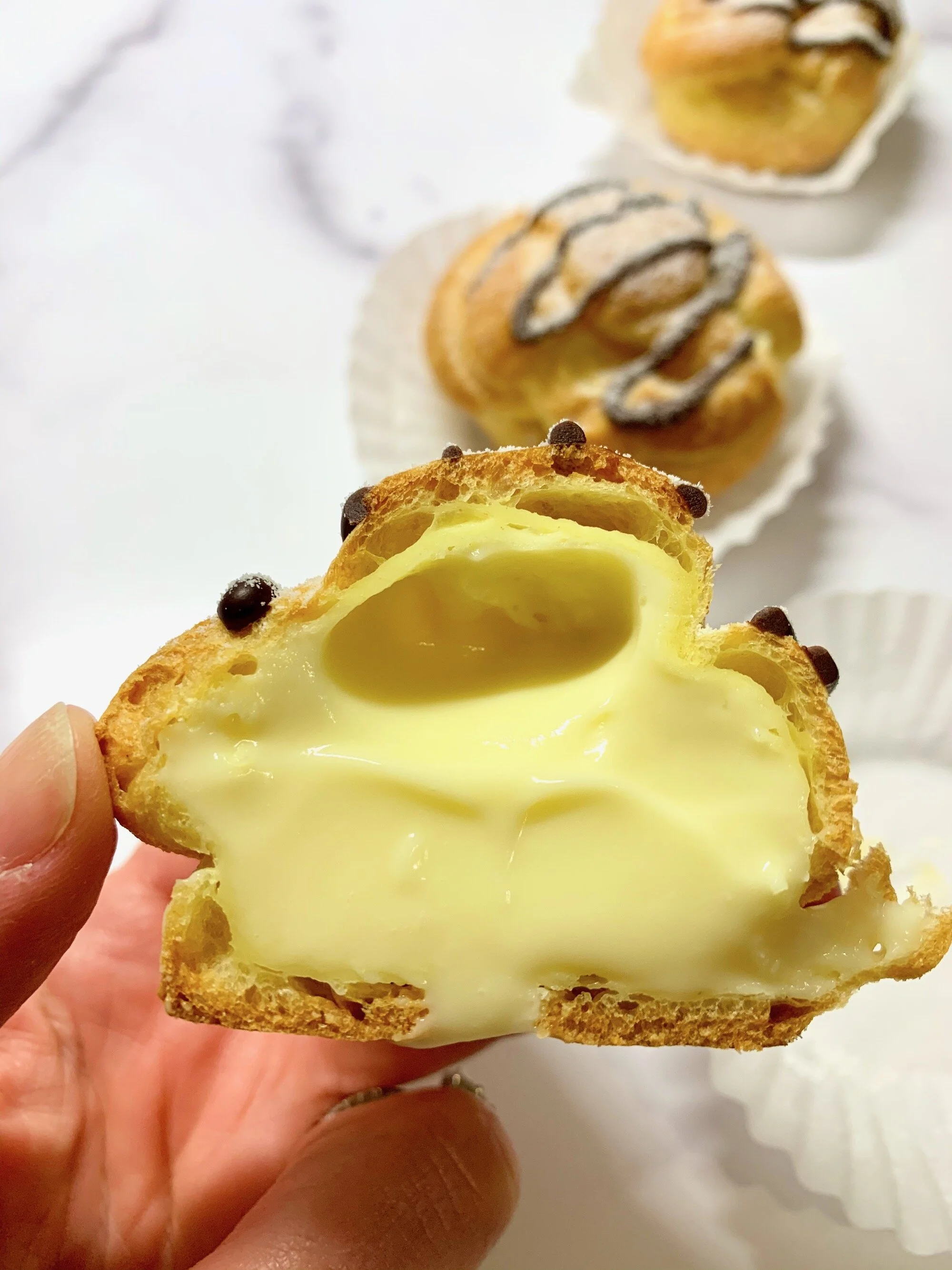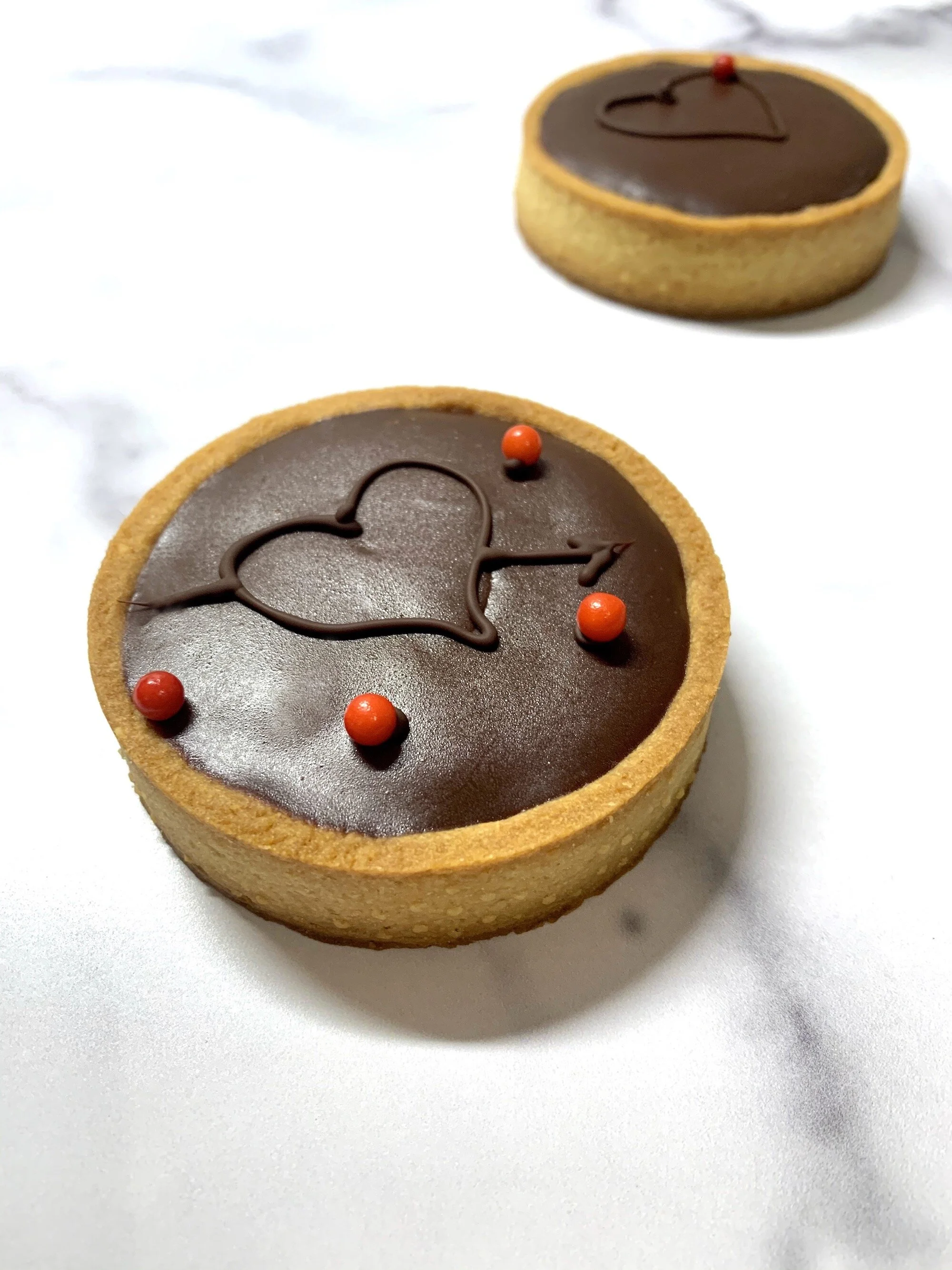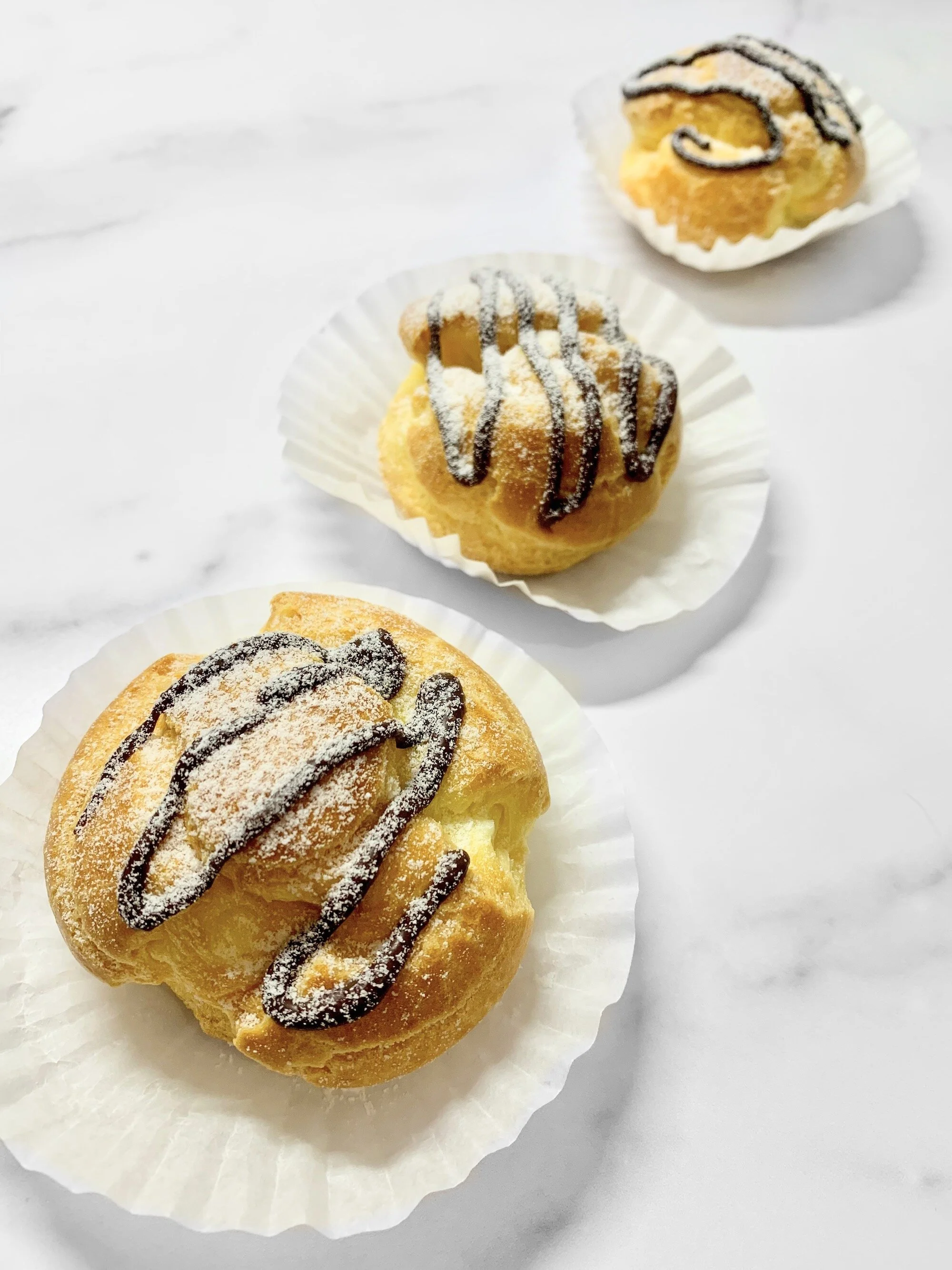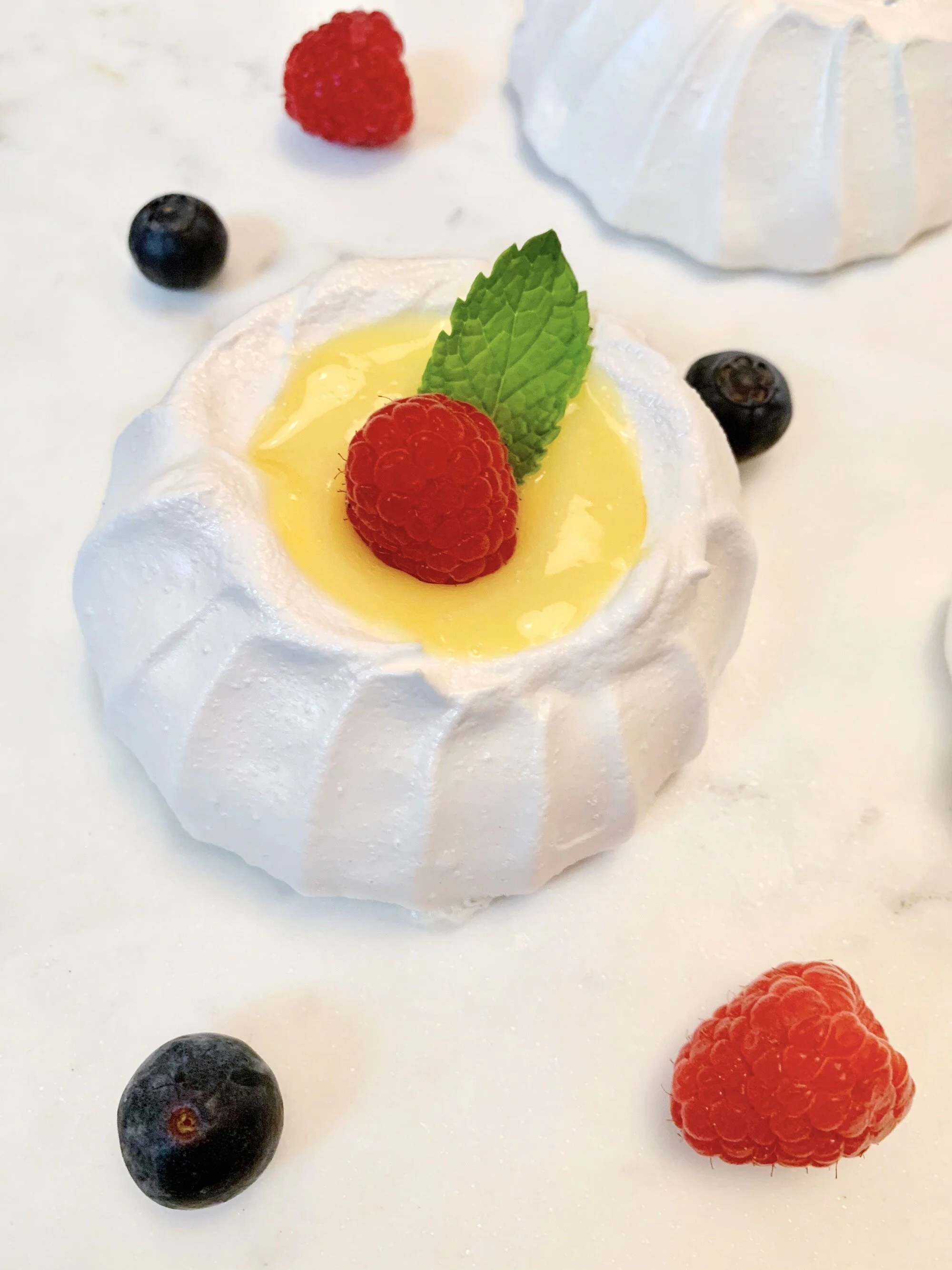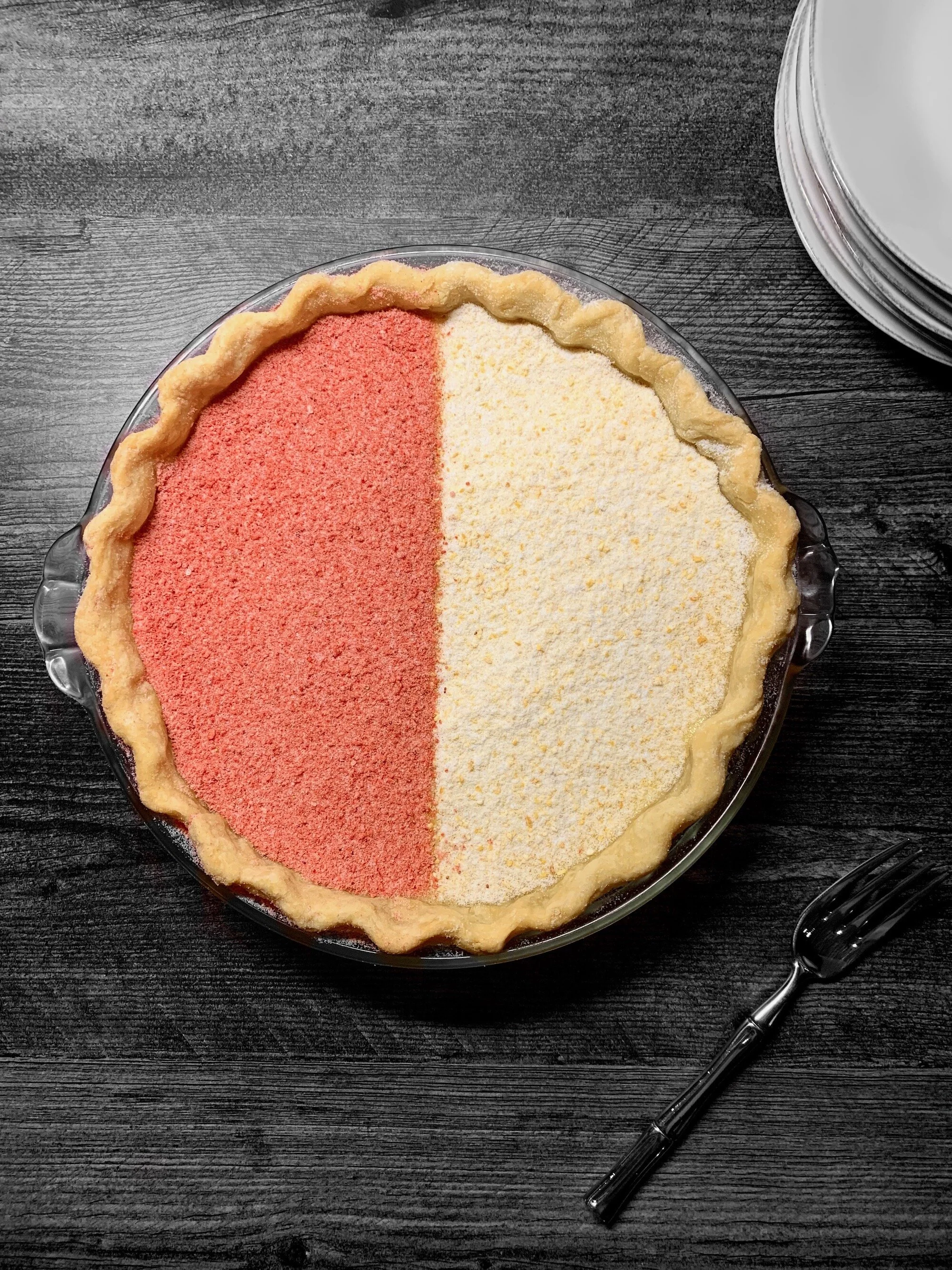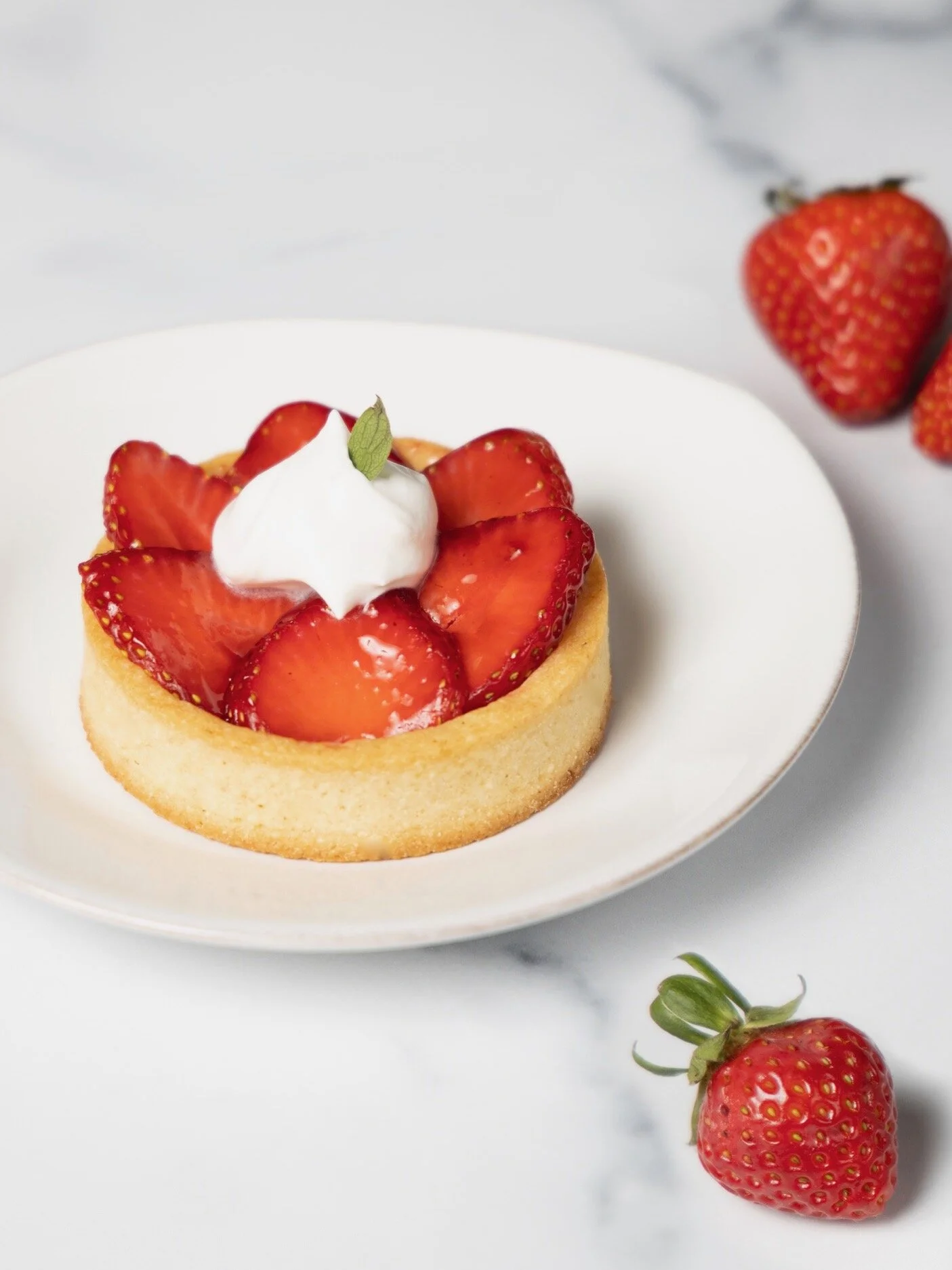Vanilla Pastry Cream
Pastry cream or Creme Patissiere is a creamy, vanilla custard that can be used on it’s own to fill pastries like cream puffs and éclairs, or folded into whipped cream to use as a base for fruit tarts, or even thinned out a bit to use as luxurious dessert sauce for fresh fruit or chocolate puddings. It pairs really well with chocolate. I first made it in my Master Baking Class with Chef Eric Crowley and he had us use it as a filling for pâte à choux swans. I need to try those again someday.
Look at those almost-falling-over swans. I was so proud of them at the time!
The making of pastry cream has its nuances, but given the proper attention, it’s not hard to execute well and it’s versatility makes it a great recipe to have in your baking arsenal.
A few tips:
Use a heavy bottom, non-aluminum pan. The heavy pan will help you avoid burning the milk and aluminum can react badly with egg yolks and give them a strange color.
Whisk constantly. I say this in the instructions below, but it’s worth reiterating. Burnt milk and curdled eggs are the main culprits of ruined pastry cream. Whisking constantly will keep your milk moving thus avoiding the burning.
Set aside an empty bowl with a mesh strainer over top before you begin so you’re prepared to strain your mixture as soon as it’s done on the stove.
Pastry Cream Recipe:
Yield:
2½ cups pastry cream
Ingredients:
115 grams Granulated sugar
4 TBSP Cornstarch
4 Egg yolks
2 cups Whole Milk
½ tsp Vanilla Extract
¼ tsp Salt
4 TBSP (¼ cup) Unsalted butter cut into cubes
Instructions:
In a medium bowl, whisk sugar and cornstarch together. Add the egg yolks and whisk until you have a smooth consistency. Set aside.
Add milk, vanilla extract, and salt to a medium size saucepan with a heavy bottom and combine over a medium heat. Stir constantly with a wooden spoon or rubber spatula so you can make sure the milk is not burning to the bottom of the pan. Simmer until just before boiling.
Turn heat down to low and ladle 3/4 cup milk mixture to the eggs. It’s okay to eyeball the amount. It should be about 1/3 of the mixture. Whisk the eggs and milk together then pour the combined mixture back into the pot.
Tip: This is called “tempering” the eggs. You do this so you don’t cook the eggs by adding them all at once to the hot mixture.
Turn the heat back up to medium high and whisk constantly until the custard is thick. Remove from heat when it starts to simmer. You’ll know it’s done if you dip in a wooden spoon into the pot of cream, bring it back and run a finger across the back of the spoon. If the custard stays in place and you can see the bare back of the spoon it’s ready. (This is called “nappe” consistency.)
Once the cream is ready, pour it through the strainer into the bowl you’ve set aside and let it cool for around 10 minutes stirring occasionally so a skin doesn’t form on the top of the cream.
Whisk the butter into the cream, one cube at a time, ensuring the butter is completely mixed in before adding the next. This may take a little time but the butter will melt.
Once all butter has been added, press plastic wrap directly onto the surface of the cream so a skin doesn’t form on top and refrigerate until completely chilled. Using a shallow, wider bowl will help it chill faster.
Pastry cream will keep refrigerated up to a week if you’ve used fresh milk.


